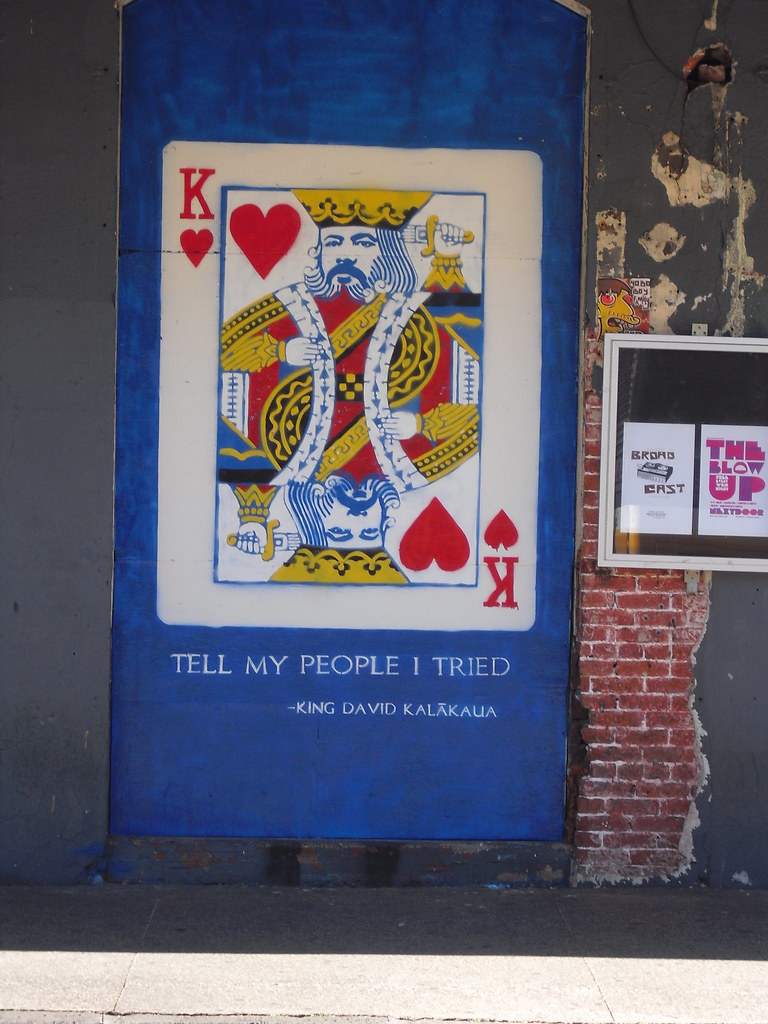Visiting the Israel Museum in Jerusalem recently, it was incredible to get to visit a number of synagogues from around the world, either partially recreated within the halls of the Museum, or in the case of the Aleppo Synagogue, in an incredible VR reconstruction.
Originally built sometime in the 5th to 7th centuries of heavy stone, this synagogue in Aleppo, Syria, was home to generations upon generations of a Syrian Jewish community which is no more; as of 2016, it is said there are no more Jews in Syria at all. But, beyond that, the Aleppo Synagogue holds a particularly special place in Jewish history, as the home, for many centuries, of the Aleppo Codex, a handwritten bound volume considered to be the most accurate, most authoritative version of the complete Hebrew Bible. A book which Maimonides himself consulted and relied on for producing his writings.
By very fortunate chance, the interior of this synagogue was photographed in extensive detail – numerous perspectives, every nook and cranny – in 1947, just days before it was ransacked and burned by anti-Zionist mobs. Though restored to use sometime after that, it was destroyed again in 2016 and we are told now stands in ruins, abandoned. And, further, I would imagine, inaccessible to the potential for any sorts of arrangements to have surviving furnishings or architectural elements relocated to Israel.
It was wonderful, incredible, therefore, to get to tour the synagogue virtually, putting on a VR headset and audio headphones and being transported into that space. Because of just how extensively the 1947 photography covered every last corner of the building, experts were able to stitch together those images into a three-dimensional virtual recreation of the space that felt, unless I missed something, rather complete.
One disadvantage, of course, of viewing something virtually rather than in real life, is that I could not take photos myself of what I saw. You can get a small sense of what the VR recreation looks like, though, here:
As for the Codex, following the attack on the synagogue in 1947, roughly 3/5ths of this invaluable, priceless, treasure was saved and later brought to the Israel Museum where I was able to see it – the actual original, I believe (or perhaps a replica?) – though I was unfortunately not permitted to take photos. Such a horrid thing, to think it survived intact all the way up until just 75+ years ago, and now a sizable portion is presumably lost forever.
I cannot even imagine how much work and money went into producing this virtual reconstruction – it’s only a temporary exhibit at the moment, but I hope it can somehow become more permanently accessible.
And that the synagogue itself can, perhaps, be restored, and someday become accessible as well. I hope for peace, well-being, prosperity for the people of Syria, and I hope the region can someday become safe for all to live, and travel, more freely.
Visiting synagogues from around the world, whether directly or in a museum, synagogues with white sand or blue tile, white marble or dark wood, medieval or modern, is a glorious experience. Even just to see the buildings themselves. Attending services there, experiencing the diverse ways that people pray, can be moving and beautiful, and I count myself so fortunate to have gotten to experience that here and there, from time to time, in places as far apart as Tokyo, Honolulu, Marrakesh, Jerusalem, Tel Aviv, and London.
And what an incredible and positive thing, to be able to visit recreations of synagogues from around the world all in one place, at the Israel Museum. The same, of course, is true not just for synagogues, but for all the museums around the world that could, and all of those that do, provide visitors with the opportunity to not only view individual objects but also architectural environments, whether that be a traditional Chinese house, a Japanese Buddhist temple, or historical rooms of various other times and places.
The Israel Museum houses four such synagogue recreation rooms, for synagogues from Germany, Italy, India, and Suriname, plus the Aleppo Synagogue temporary exhibit which I very much hope can be made permanent somehow, and a small room with a video of Yom Kippur services at the al-Franj synagogue in Damascus in 2007. (Incidentally, I am glad to read, it seems this synagogue has survived the recent civil war intact, and at least some Syrian Jews have been able to visit from the US with no problems.)
One of the four synagogues featured in the museum is one from Cochin, India. The Jewish community in India, sometimes known as the Bene Israel, or “children of Israel,” claim descent from Jews shipwrecked in India nearly 2,000 years ago. In other words, even as people in most parts of the world – including Jews – might stereotypically assume the stereotypical Jew to be Eastern European, or secondarily perhaps Middle Eastern, in fact Jews have been living in India, Ethiopia, and elsewhere around the world for, in some cases, thousands of years. Wikipedia tells me there are still over 5,000 Jews in India today, though a great many more Indian Jews have moved to Israel. If I ever find myself in the right parts of India, it would be amazing to see their synagogues and attend their services. What is on display at the Israel Museum is gorgeous; a distinctively Indian style, and yet still very much recognizable as a synagogue.

The other non-European synagogue featured at the museum is the Tzedek ve Shalom synagogue originally founded in 1736 in Paramaribo, today the capital of Suriname. A truly beautiful space, very light, sunny, airy, with its white railings, pillars, and ceiling. Reminds me of the congregation I attended from time to time (and sorely regret not attending more frequently) in Honolulu; the sunniness and airiness made my heart, my spirit, light. Put a smile on my face, made it feel like a good, happy, easy, summery day as we said our prayers.
Tzedek ve Shalom also reminds me of what in the United States we call “colonial” architecture – particular stylistic features and overall aesthetics that I suppose must have been popular, or standard, in various parts of the 18th century Dutch/English New World. The Touro Synagogue in Newport, Rhode Island, the only synagogue building in the US still standing from pre-1776, though built in heavy white stone rather than wood, bears some strong similarities in appearance – certainly in color scheme – to Tzedek ve Shalom.
And I suppose it makes sense that there would be links and similarities here. While I know embarrassingly little about Caribbean or South American history, I know that contrary perhaps to our stereotypical image of 19th-20th century Jewish immigrants from Eastern Europe, the first Jewish communities in what’s now the United States were, in fact, Sephardic Jews from the Dutch Caribbean. The founders of the Touro Synagogue, and of Shearith Israel (est. 1654 in New Amsterdam, now New York), were precisely that. I love the design and feel of Tzedek ve Shalom. I hope it’s not chauvinistic, US-centric, of me to say so, but just as an individual from New York, who grew up around certain styles and aesthetics, it feels very American to me. Feels like a marriage of the Dutch/English colonial styles I know from New York and New England and, Judaism, and a space with a beautiful historical, traditional, style that connects you to history and tradition, and not just to our modern world.
One particularly distinctive feature of Caribbean synagogues like Tzedek ve Shalom, reproduced here in the Israel Museum, is that the floors are lined with white sand. I was surprised to see, even the raised bimah or tevah area is covered in sand. I have heard it is much the same at some synagogues in Cuba or elsewhere in the Caribbean. As the gallery labels explain, there are several possible explanations for this. Folk explanations say that the sand is a symbol of diaspora, of metaphorically “wandering in the desert,” as we remain removed from Zion, from the land of Israel; and at the same time, a connection to that desert land. In practical terms, the sand may have helped to protect wooden floors from the wooden clogs historically worn by the Dutch; it may also be related to the Sephardic history of a need to practice Judaism in secrecy – the sand muffling people’s footsteps. I wonder if people daven (pray, worship) barefoot here. What a wonderful feeling underfoot it might be, to daven in soft white sand.
Wikipedia tells me there are a number of historic synagogues still in use in South America and the Caribbean. I would love to visit some of them someday. In the meantime, it is wonderful to get to see this beautiful space, this beautiful architecture, here in Israel.
That said, though, there is something very sad about the idea that these places we’ve heard of, and maybe want to visit someday, are in some cases – as in the Paramaribo case – no longer there to be visited. Moved to a museum. Even if I were to find myself in Suriname, I wonder if there’d be anything to see at all.

The synagogue I grew up in will soon be no more, as well. The congregation has shrunk dramatically over the past several decades, and ultimately the board decided to sell the land and, as a community, to either merge with another congregation in the area or to disperse. Though I have not lived there for a long time, nor been actively practicing or attending any synagogue – I suppose I am myself part of the problem – it is still terribly sad to think of this physical space that I knew and loved so dearly, that was such a big part of my childhood, disappearing from existence. Not only for the sake of myself and my memories, but the sadness that an entire phenomenon, the history of that community, all the people who came through there, and the very reality of that particular community – even as its membership may have changed, as of course all things change – having a present and a future. I surprised myself with how emotional I have been over this, and continue to be.
Some communities, and their synagogues, are destroyed by persecution and violence, as in Aleppo. Others die out due to cultural and societal shifts, families moving away for various reasons, or families no longer raising their children to be actively engaged in Jewish religious life and community in the same way. Change is inevitable, and sadly, we live in a world where war and persecution persist as well. It is glorious that some spaces are able to be preserved, reconstructed, restored, whether in their original locations (as in Fes, Morocco, even if the congregation is no longer active), in museums, or virtually. But, of course, it is still also terribly sad to think of the vibrancy, the lively, active, cultural activity and community that disappears.

That said, vibrant, active, engaging Jewish communities do also still exist all around the world, and one can hope that even amongst these shifts and declines, various sorts of Revival movements may yet have some success. My family and I, while traveling here in Israel, attended a wonderful Shabbat morning service in the Neve Tzedek neighborhood of Tel Aviv; warm, welcoming, energetic, filled with a sort of light, summery, energy. I have not been a regular, active, participant in Jewish practice in my own life in a long time, but these services at Neve Schechter reminded me, as services at Sof Ma’arav in Honolulu, the JCJ in Tokyo, and Santa Barbara Hillel have in the past, of just what I’m missing, and what I would love to have in my life again, if only I could convince myself to get out of bed on a Saturday morning (or out to the synagogue on a Friday evening), on any regular basis at all.
Except where indicated otherwise, all photos are my own.
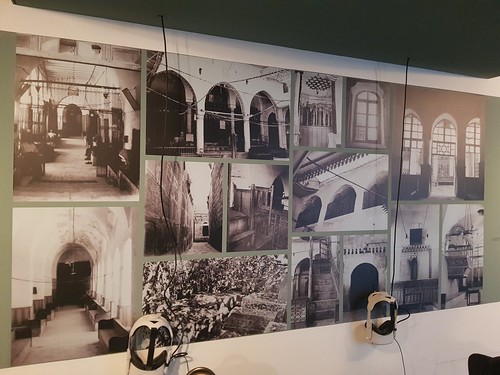


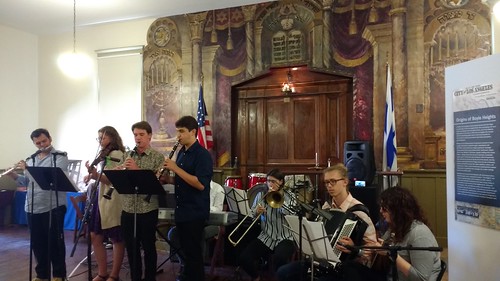
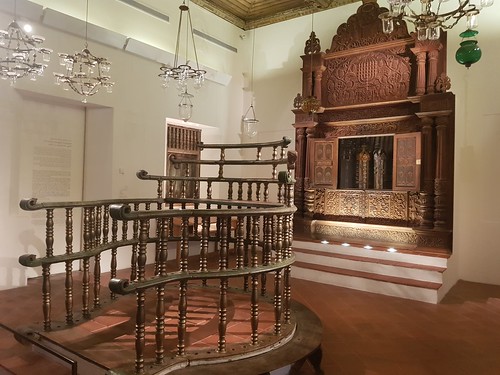













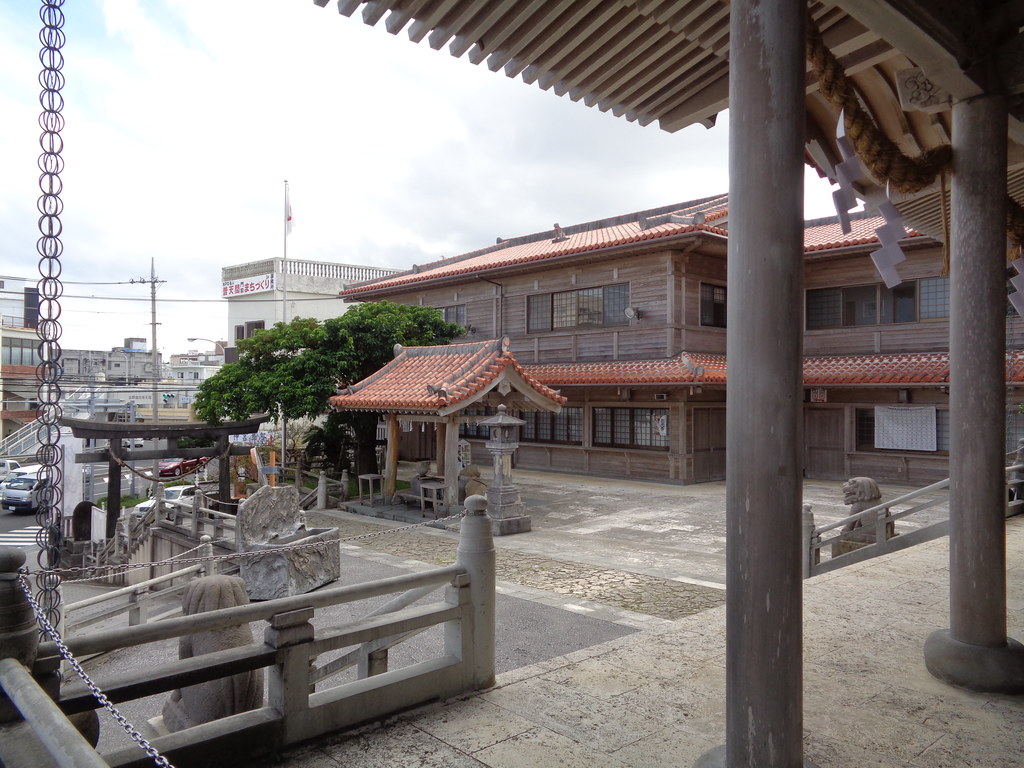
















 Studying for exams was a great opportunity to finally read dozens of books I’d been wanting/meaning to read, and many I had not known of, and was glad to be introduced to. As I made my way through them, I produced 2-3 page reviews, or summaries, for each. I was a bit too overwhelmed with the studying process (and all my other responsibilities) to share any of those, but I was certainly excited to get around to doing so. After all, that’s what we do here, on academic & history/culture blogs, isn’t it? We share about different aspects of history that we’ve just read about, share about interesting books, interpretations, and arguments. A friend shared many of his summaries on Facebook, and I found it quite interesting and useful, actually, since this allowed me to get the basic gist of a whole bunch of different books, in a short, condensed version. Expand my knowledge of the field, and of the content, without having to go read the entire books. So, inspired by his example, I thought I’d do the same. Over the course of the summer, then, I’ll be sharing my reviews of books and articles on Pacific and Hawaiian history, Ming and Qing Chinese history, early modern maritime East Asia, and early modern & modern Japan. I hope you find them interesting; and, please don’t take any of these as the final word on these books – for some, I may focus on just one aspect or another; for some, I must admit, I did not manage to make my way through the entire book, but merely attempted to get the gist. For some, too, I may have had a particular impression upon reading it at that time, and I may not take the time/bother to dramatically overhaul what I previously wrote, thus giving just one impression, one interpretation or reaction, to the book, which might stand (for example) as quite different from how the book looks in comparison with something else I read later.
Studying for exams was a great opportunity to finally read dozens of books I’d been wanting/meaning to read, and many I had not known of, and was glad to be introduced to. As I made my way through them, I produced 2-3 page reviews, or summaries, for each. I was a bit too overwhelmed with the studying process (and all my other responsibilities) to share any of those, but I was certainly excited to get around to doing so. After all, that’s what we do here, on academic & history/culture blogs, isn’t it? We share about different aspects of history that we’ve just read about, share about interesting books, interpretations, and arguments. A friend shared many of his summaries on Facebook, and I found it quite interesting and useful, actually, since this allowed me to get the basic gist of a whole bunch of different books, in a short, condensed version. Expand my knowledge of the field, and of the content, without having to go read the entire books. So, inspired by his example, I thought I’d do the same. Over the course of the summer, then, I’ll be sharing my reviews of books and articles on Pacific and Hawaiian history, Ming and Qing Chinese history, early modern maritime East Asia, and early modern & modern Japan. I hope you find them interesting; and, please don’t take any of these as the final word on these books – for some, I may focus on just one aspect or another; for some, I must admit, I did not manage to make my way through the entire book, but merely attempted to get the gist. For some, too, I may have had a particular impression upon reading it at that time, and I may not take the time/bother to dramatically overhaul what I previously wrote, thus giving just one impression, one interpretation or reaction, to the book, which might stand (for example) as quite different from how the book looks in comparison with something else I read later.

